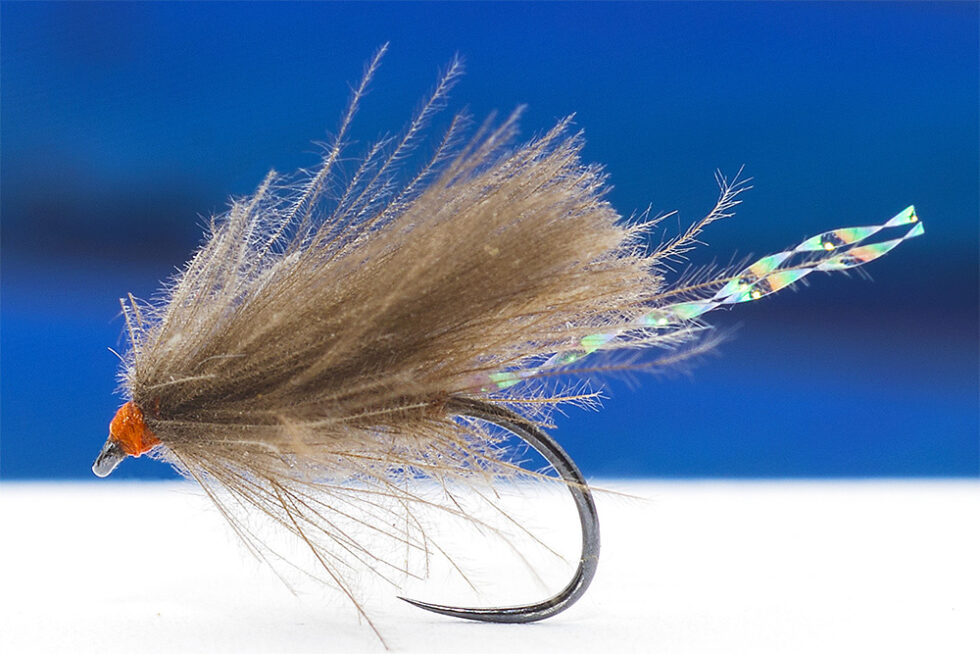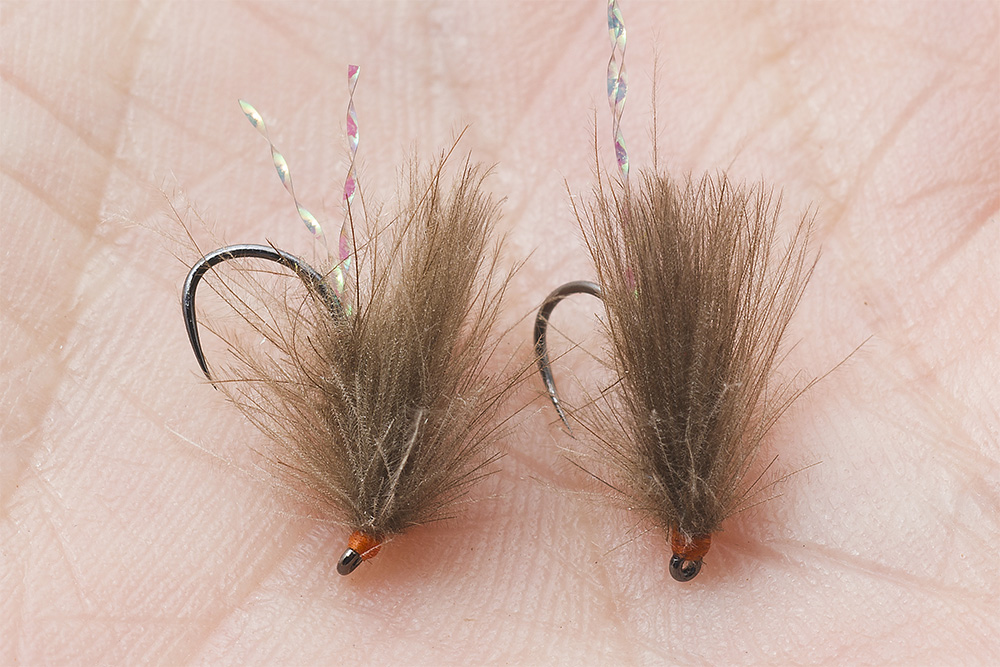
In the world of dry flies, few patterns are as essential as the CDC sedge. It’s a reliable choice during caddis hatches and evening rises, and it has earned a place in nearly every serious fly angler’s box. But even the classics can be improved.


In this article, I’ll show you how a small change in tying technique can make a big difference in how the fly performs on the water. The version I present here builds on the traditional CDC sedge pattern but adds more buoyancy, stability, and movement—while also helping you get the most out of your CDC feathers.
The Classic CDC Sedge
Traditionally, the CDC sedge is tied using CDC feathers trimmed close to the hook eye to form short, upright wings. This approach works well, but it has its limitations. The trimmed CDC barbs don’t contribute much to the floatability or movement of the fly—and in some cases, they can actually weigh it down if not handled carefully.
The Improvement: CDC Hackle Effect
In my improved version, I simply cut the stem of the CDC feathers and leave the barbs free instead of trimming them close to the head. This creates a natural CDC hackle around the head of the fly. It’s a subtle change, but one that results in several clear advantages:
- Better Buoyancy: The soft, free CDC fibers trap air and help the fly float longer—even in rougher or faster currents.
- Improved Stability: The barbs add lateral balance, helping the fly sit more realistically on the water’s surface.
- Increased Movement: The loose barbs move slightly in the surface film, adding subtle, lifelike motion that can trigger more takes.
- Material Efficiency: You only need three CDC feathers to tie this fly, and you waste very little. It’s a more sustainable and economical approach.
Tying Details
This fly is tied on a size #14 hook using natural grey CDC. It’s an ideal match for many sedge or caddis species and works well in both stillwaters and gentle rivers, particularly during evening hatches.
I recommend using a well-waxed tying thread to build and rib the body. This not only gives a smoother finish but also adds durability to the fly. Make sure to rib in the opposite direction of the body material wrap—this counter-fixing technique ensures the body remains tight and secure after multiple strikes.
Materials Used
- Hook: Size #14 (e.g., Demmon D201 or Demmon D200)
- CDC Feathers: Natural grey
- Thread: Waxed tying thread (medium or fine)
- Body: palmered CDC – natural gray
All of these materials are available in our Troutline shop.
Final Thoughts
Small changes can lead to big results, especially in fly tying. This CDC sedge variation has become one of my favorites thanks to its simplicity, efficiency, and enhanced performance. It floats better, moves more naturally, and gets eaten more often.
Give it a try during your next tying session—and see how this simple hack can make a big difference on the water.


July 14, 2025
Brilliant, simple change. I will incorporate it immediately into my CDC dry fly tying.
A suggestion:
Before doing this (https://youtu.be/7jDJhxe7eXk?t=89), add a locking wrap *under* the CDC (one turn of thread under, then one over) to lock the CDC in place.
July 16, 2025
Thank you Gary, much appreciated 🙂